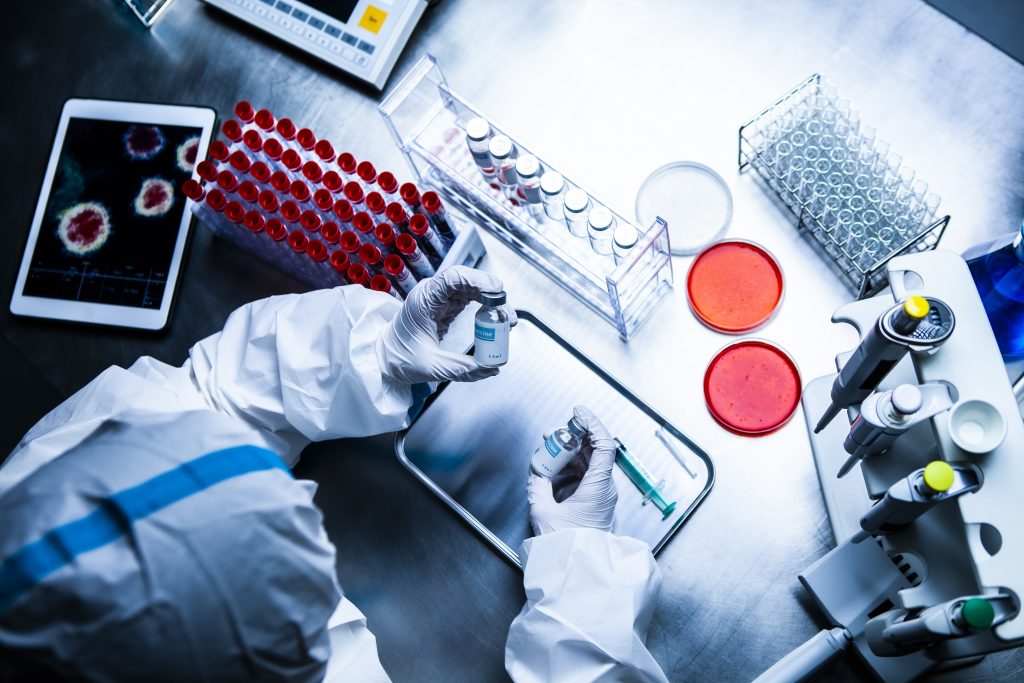During infection, our cells must be able to recognize their exposure to invasion and quickly send signaling molecules, which alert the immune system to an ongoing attack. With SARS-CoV-2, it is now clear that “something is not functioning normally”: not only is the immune response delayed, allowing the virus to proliferate in the meantime, but also after the response the immune system develops, doing so in excess to the point that it It harms the host in place of the virus.
3 distinct, unstoppable tactics
Researchers infected cells with the virus and observed, at a molecular level, how it affects key biochemical processes in the cell, such as gene expression and protein synthesis. When cells become infected, they begin to express a series of specific antiviral genes – some of them act as first-line defenders and counteract the virus within the cell itself, while others are excreted in the cellular environment. Alert neighboring cells and summons the immune system for help. At this point, the cell and the virus rush into the ribosomes, the protein synthesis factories in the cell, which the virus needs. This is followed by a battle between the cell and the virus to conquer this strategic location.
3 distinct tactics: Within hours, SARS-CoV-2 had gained the upper hand in battle. Not only does it control the protein-making mechanism in the cell, it also neutralizes the signal to delay and interfere with the immune response. In short, it penetrates cell material, by controlling the cellular mechanism of protein synthesis, via 3 distinct but complementary tactics:
- The first tactic the virus uses is to reduce the cell’s ability to translate genes into proteins, which means fewer proteins are synthesized;
- The second tactic is to break down messenger RNA (mRNAs) in the cell, that is, the molecules that carry the instructions to the ribosomes to make DNA proteins.
- A third tactic, the virus prevents the export of mRNAs from the cell’s nucleus, where they are synthesized, into the main compartment of the cell, where it normally serves as a model for protein synthesis.
This 3-shot strategy is unique to SARS-CoV-2, It allows the virus to effectively achieve what scientists call a “host extinction”. The messages received from the important antiviral genes, which are produced by the cell upon infection, do not reach the mechanism to be translated into active proteins, thus delaying the immune response.
Here, researchers have been able to identify the viral proteins involved in the process of stopping the host by SARS-CoV-2, opening new avenues for developing effective treatments against COVID-19.

“Hardcore beer fanatic. Falls down a lot. Professional coffee fan. Music ninja.”






More Stories
SALES / PHOTO SALES – Nikon D850 “5 Star” Bare Body Photo Body at €2,539.00
Discovering a new turning point under the Antarctic ice sheet! What are the consequences?
Record number for an insect!